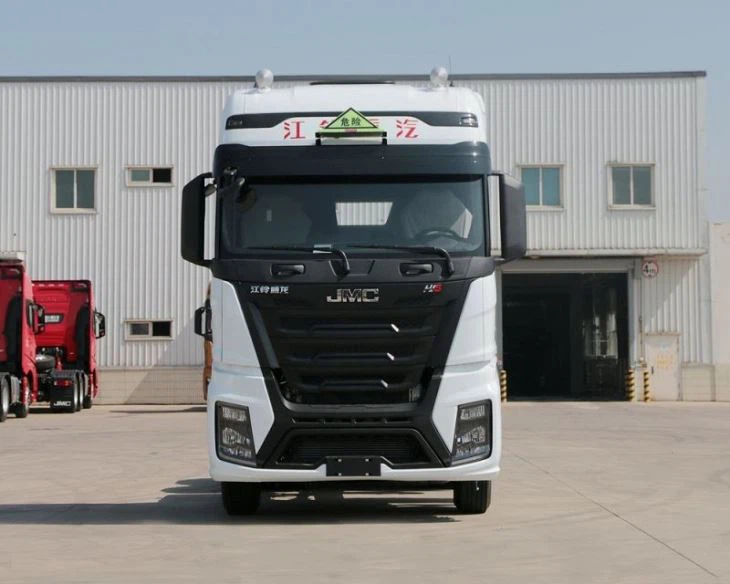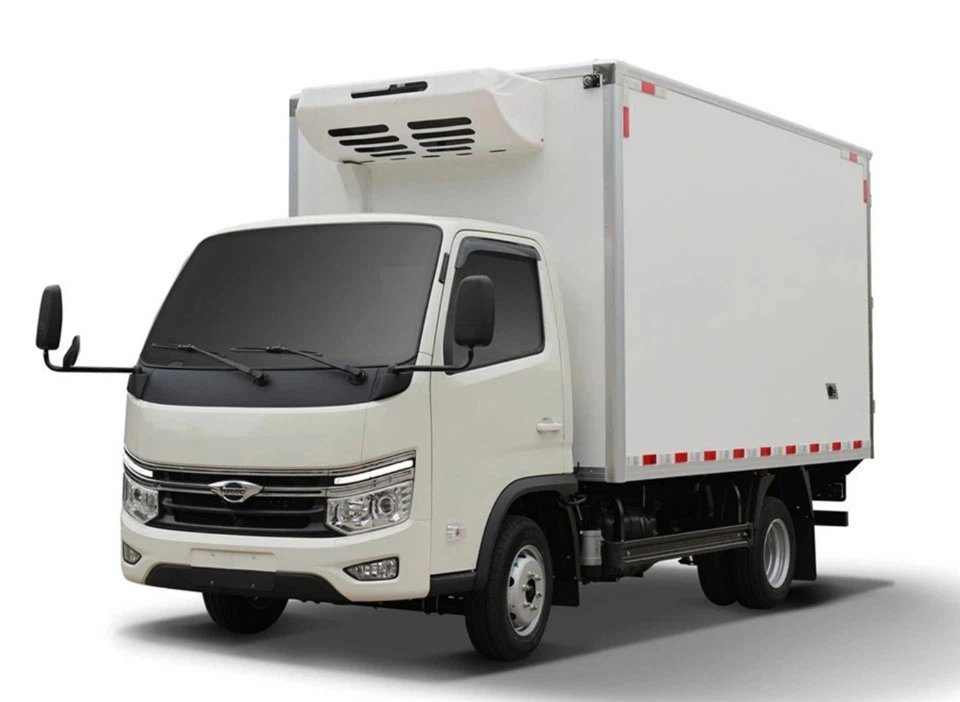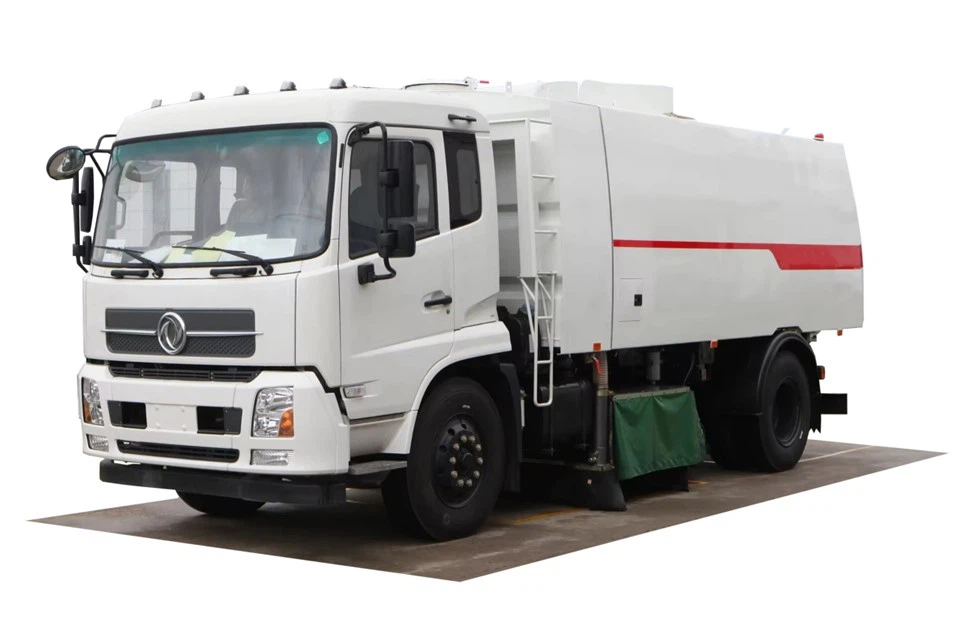Understanding Galbreath Parts: A Comprehensive Guide

Introduction
Galbreath parts are essential components used in the manufacturing and maintenance of Galbreath products, including roll-off hoists, compactors, and other waste management equipment. With the growing demand for efficient waste handling solutions, understanding the various components and their functions is crucial for operators, technicians, and business owners alike. This article delves into the different Galbreath parts, their functionality, maintenance tips, and how they contribute to the overall efficiency of waste management equipment.
What are Galbreath Parts?
Galbreath parts refer to the individual components that make up Galbreath machines and systems. These parts can range from mechanical elements, like hydraulic cylinders and gears, to electronic components, such as controls and sensors. Each part plays a significant role in ensuring that the equipment operates effectively and safely. Below, we will explore the types of Galbreath parts in detail.
Types of Galbreath Parts
1. Hydraulic Components
Hydraulic components are vital for the operation of Galbreath roll-off hoists and related machinery. Here’s a look at some crucial hydraulic parts:
- Hydraulic Cylinders: These are responsible for converting hydraulic energy into mechanical energy, allowing for lifting operations.
- Hydraulic Pumps: Pumps create hydraulic pressure, which is essential for operating hydraulic systems.
- Hydraulic Hoses: These flexible tubes transport hydraulic fluid to different parts of the machinery.
2. Structural Components
The structural components ensure the durability and strength of the equipment:

- Frames: The main structure that supports the entire system.
- Chassis: The base on which components are mounted.
- Mounting Brackets: Used to secure various parts to the main structure.
3. Electrical Components
Electrical components control and power various operations of the machinery:
- Control Panels: Interface for operators to manage the machine’s operations.
- Sensors: Provide feedback to the control systems, ensuring safe and efficient operation.
- Wiring Harnesses: Groups of wires that connect electrical components.
4. Wear Parts
Wear parts are components that experience significant wear and tear and require regular replacement:
- Chains: Often used in hoisting mechanisms.
- Sprockets: Pair with chains to transmit power.
- Seal Kits: Prevent leaks in hydraulic systems.
Importance of Quality Galbreath Parts
The quality of Galbreath parts significantly affects the performance, safety, and longevity of waste management equipment. Here are some reasons why investing in high-quality parts is essential:
- Reliability: Quality parts reduce the likelihood of unexpected machine failures.
- Efficiency: High-grade components improve the overall efficiency, leading to less downtime.
- Cost-Effectiveness: While high-quality parts may have a higher initial cost, they often lead to savings in the long run by reducing repair costs and extending equipment life.
Common Galbreath Parts and Their Functions
1. Galbreath Roll-off Hoist Parts
Roll-off hoists are the backbone of many waste management systems. Important parts include:
- Heavy-Duty Hook: Secures the container during loading and unloading.
- Dump Cylinders: Lift and dump the containers when required.
- Support Arms: Provide stability and support for the hoist during operation.
2. Galbreath Compactor Parts

Compactors are designed to compress waste efficiently. Key components include:
- Compaction Plate: Compresses waste to reduce volume.
- Hydraulic Pumps: Power the compaction process.
- Control Valves: Manage the flow of hydraulic fluid to different parts.
3. Galbreath Container Parts
Containers are essential for holding waste. Important parts include:
- Container Walls: Provide structural support and capacity for waste.
- Doors: Allow for easy access to load and unload waste.
- Panels: Ensure the integrity and safety of the container.
Maintenance Tips for Galbreath Parts
Proper maintenance helps extend the life of Galbreath equipment. Here are some practical tips:
1. Regular Inspections
Conduct frequent inspections of all parts, particularly hydraulic components, for leaks, wear, and damage. Address any issues promptly to avoid larger problems.
2. Change Hydraulic Fluids
Regularly check and change hydraulic fluids based on the manufacturer’s recommendations to maintain optimal performance.
3. Lubrication
Ensure that all moving parts are adequately lubricated. This helps reduce friction and wear, ensuring smooth operation.
4. Replace Wear Parts
Keep a log of wear part conditions and replace them when they show significant wear and tear to avoid component failure.

5. Clean Regularly
Regular cleaning of the equipment helps prevent dirt accumulation, which can lead to malfunctions or reduced efficiency.
Where to Buy Galbreath Parts
Finding quality Galbreath parts is crucial for effective maintenance and repair. Some recommended places to purchase parts include:
- Authorized Dealers: Purchase through official Galbreath dealers for original equipment manufacturer (OEM) parts.
- Online Retailers: Websites like eBay or Amazon can offer a range of parts, though it’s essential to verify the seller’s reputation.
- Local Distributors: Check with local industrial suppliers who may stock Galbreath parts or can order them for you.
Galbreath Parts – A Cost Analysis
Understanding the cost associated with Galbreath parts can help in budgeting and financial planning for maintenance and repairs. Below is a general cost breakdown based on part types:
| Part Type | Average Cost | Replacement Frequency |
|---|---|---|
| Hydraulic Cylinder | $300 – $800 | Every 2-3 years |
| Control Panel | $150 – $600 | 5-7 years |
| Wear Parts (Chains/Sprockets) | $50 – $300 | Annually |
| Hydraulic Pump | $500 – $1500 | Every 3-4 years |
| Seal Kits | $30 – $100 | Annually |
DIY Repairs vs. Professional Maintenance
Deciding between DIY repairs and hiring a professional can depend on the complexity of the problem:
When to DIY
- Minor repairs, such as replacing seals or hoses.
- Regular maintenance tasks, like lubrication and cleaning.
When to Call a Professional
- Complex mechanical issues that require specialized knowledge.
- Hydraulic system failures that could pose a safety risk.
- Electrical problems that need expert diagnostics and repair.
Frequently Asked Questions (FAQ)
1. What should I do if a Galbreath part is broken?
If you suspect that a part is broken, immediately cease operation and inspect the machinery. Identify the damaged part and replace it, either through DIY methods or by contacting a professional.
2. How often should I replace Galbreath wear parts?
Wear parts should be replaced based on their condition and manufacturers’ recommendations; typically, annually or whenever significant wear is detected.
3. Can I use non-OEM parts in my Galbreath equipment?
While it’s possible to use non-OEM parts, it’s recommended to use original parts to ensure compatibility and safety.
4. What are the signs that a hydraulic component needs replacement?
Signs include leaks, reduced performance, strange noises, or the failure to operate as intended.
5. Are there warranties for Galbreath parts?
Yes, many Galbreath parts come with manufacturer warranties. Be sure to check the warranty conditions when purchasing parts.
6. How can I improve the lifespan of my Galbreath equipment?
Regular maintenance, using quality parts, lubrication, and prompt repairs are key factors in extending the lifespan of your Galbreath equipment.
